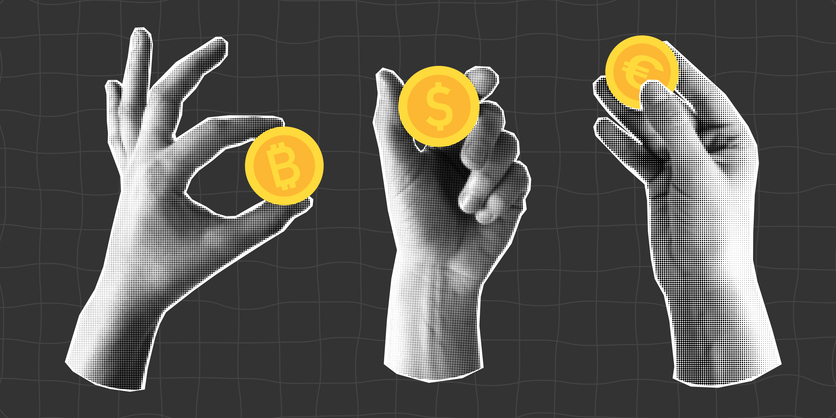In the ever-evolving world of blockchain technology, the idea of creating your own cryptocurrency might sound like a far-off dream for many. But with the rise of decentralized finance (DeFi) and blockchain-powered applications, launching your own coin or token is no longer reserved for tech wizards. In fact, it’s a lot more feasible than you might think.
Creating a cryptocurrency is not just about minting new money — it’s about building a robust system that operates on a blockchain, has a purpose, and offers real value to users. In this guide, we’ll walk you through the steps to create your own cryptocurrency.
Understand the Basics: What Is Cryptocurrency?
Before diving into the nitty-gritty of how to create a cryptocurrency, let’s clarify what a cryptocurrency actually is. At its core, a cryptocurrency is a digital or virtual currency that uses cryptography for security. Unlike traditional currencies, cryptocurrencies are decentralized and typically operate on a technology called blockchain.
Choose Your Blockchain: The Foundation of Your Crypto
Every cryptocurrency exists on a blockchain. Think of the blockchain as the foundation of a house — the stronger and more stable the blockchain, the better your cryptocurrency will be. You can either create your own blockchain or build on an existing one, like Ethereum or Binance Smart Chain, using smart contracts.
Example: Ethereum is one of the most popular platforms for creating tokens because of its robust smart contract capabilities. Many altcoins (alternative cryptocurrencies) like Chainlink or Uniswap are built on the Ethereum blockchain.
Decide on the Coin or Token Model: Coins vs. Tokens
A key decision in the creation of a cryptocurrency is whether to create a coin or a token. While the two are often used interchangeably, there’s a subtle difference:
- Coins operate on their own blockchain (e.g., Bitcoin, Ethereum).
- Tokens are created on top of an existing blockchain (e.g., NFTs on Ethereum).
Example: If you’re creating a new currency for your gaming platform, you might create a token to be used within the platform’s ecosystem. On the other hand, creating a new coin might make sense if you’re building a completely new decentralized platform.
Design Your Cryptocurrency’s Consensus Mechanism
Every cryptocurrency relies on a consensus mechanism to validate transactions. You can choose from several types, but the two most popular are:
Proof of Work (PoW): Bitcoin uses PoW, where miners solve complex mathematical puzzles to validate transactions and secure the network.
Proof of Stake (PoS): Ethereum 2.0 uses PoS, where validators “stake” their coins to validate transactions and secure the network. PoS consumes less energy than PoW.
Example: Bitcoin’s PoW mechanism demands significant computational power, which increases energy consumption. In contrast, Ethereum’s PoS reduces its environmental impact while maintaining security.
Create the Cryptocurrency Wallet and Code the Blockchain
After setting up your blockchain and consensus mechanism, you need a wallet for users to store and send their cryptocurrency. You can build your own wallet or integrate existing ones. Next, code the backend of your cryptocurrency to handle transaction processing and coin minting (or token issuance).
Example: Many cryptocurrencies integrate open-source wallets like MetaMask or Trust Wallet, but creating your own wallet can deliver a unique user experience.
Initial Coin Offering (ICO) or Token Sale: Funding Your Project
When your cryptocurrency is ready, you might raise funds to support its development and launch. Many projects use an Initial Coin Offering (ICO) or token sale to sell a portion of their coins or tokens to investors and raise capital.
Example: Ethereum raised funds for its launch through an ICO, selling tokens to early investors in exchange for Bitcoin or fiat currency.
Test, Launch, and Monitor Your Cryptocurrency
When everything is ready, test your cryptocurrency to ensure it works as expected and identify any bugs. Beta testing helps you fine-tune the system. Once you’re confident, launch it. After the launch, continuously monitor the network to keep it secure, fix bugs, and address any issues that come up.
Example: Bitcoin’s 2009 launch faced its share of bumps and bugs, but ongoing testing and improvements solidified its position as the first widely adopted cryptocurrency.

Conclusion
Creating a cryptocurrency is an exciting venture that combines the worlds of tech, finance, and entrepreneurship. Whether you’re building the next Bitcoin or simply creating a token for your app, the steps outlined here can help guide you through the process. While it might seem daunting, with the right knowledge and planning, creating your own cryptocurrency can be a rewarding challenge.








